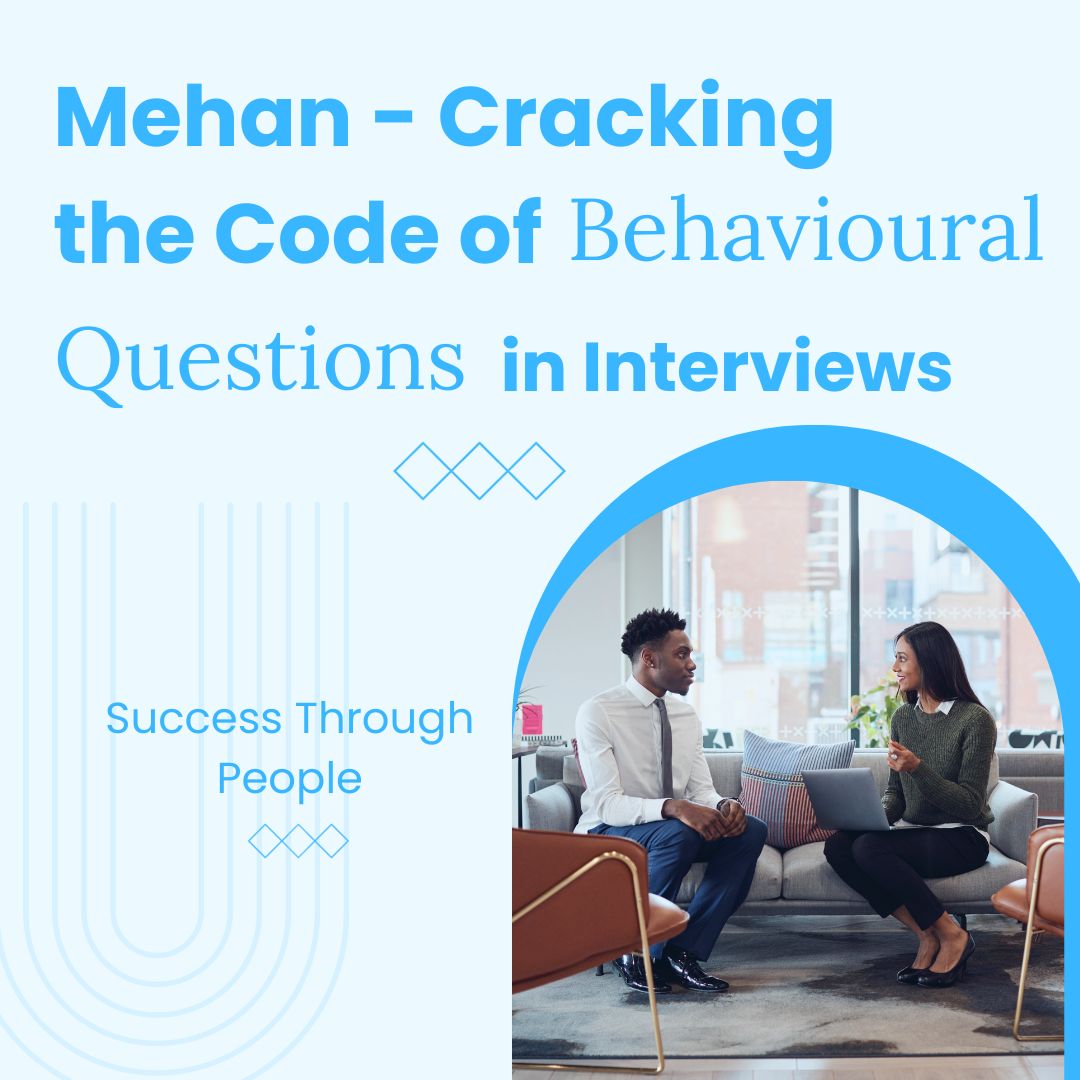
One of the significant changes during 2020 was the gradual shift in looking into the personal lives of your employees. With regards to working from home, finding the right balance between raising children, working, and caring for their respective families is a battle on its own. Furthermore, when an employer supports their employees’ lives effectively, they perform at a higher level while also leading an easier life.
Pre-pandemic, the roles of HR divisions increasingly depended upon seeing the financial justifications for hiring and keeping an employee and less on supporting the employee. However, during the Covid-19 crisis, organizations were keen on assisting employees to adapt to remote work and stay productive during these testing times. This has pressurized companies to play a more profound part in the personal lives of staff and has been astonished by the number of positive effects they can have. Studies have shown that on-demand help provided by the company can increase employee morale or mental health. As we make our way through the uncharted territories of 2021 and beyond, i.e. on the other side of the pandemic, HR will have to learn to go back to its roots and find ways to help improve employee life experience.
So, what are some of the strategies that businesses should consider?
Supporting the whole family
During the early stages of the pandemic, several companies realized the mental pressures experienced by employees, especially the employees having a family to support financially. To help, they made their learning and development platforms open and accessible to the family members of employees in order to encourage the entire family to utilize this downtime and progress their skills and knowledge.
At the same time, many other organizations acknowledged the fact that personal relationships and mental well-being had a significant effect on employee performance. Family is critical to each and every employee, so organizations ought to invest time in understanding the family dynamics of every person and considering the help they need.
Leverage Technology for Employee Well-Being
Leveraging technology does not mean invading the privacy of your employees. There are numerous options to explore and choose from to this end. This is not to be taken lightly in the wake of criticisms faced by many companies for using monitoring tools to track the productivity of staff during the pandemic. For example, several companies have distributed smartwatches to their employees that can be tracked by a central platform and can track how long an employee has been sedentary and remind them to stand up and exercise.
Several other organizations are beginning to investigate the options to help deal with the combination of home and work life. This has been in response to the fact that various employees are disregarding meals, sleep, and exercises to concentrate on things like online meetings and childcare, thus organizations are pondering over whether AI devices can oversee calendars and guarantee employees are taking the breaks they need.
Explore Options of Flexibility
There are numerous organizations going above and beyond in assisting staff with changing approaches to working. Recently, Google suspended internal meetings for a whole week. The objective was to eliminate the pressure on staff to be online at specific times and give them the opportunity to adjust to home and work responsibilities. Furthermore, we also saw organizations like Twitter allowing staff to continue working from home indefinitely. These were clever strategies aimed to eliminate any anxiety among staff about returning to the office and permitted employees to start planning suitable working arrangements for the future.
These shifts in working arrangements and flexibility also reflect a larger shift in philosophy overlooked by numerous companies in the UAE. Over the last year, companies focused on making their offices, workplaces, branch outlets, etc. COVID-secure while failed to take into consideration that employees commute to and from the office. This sent out a poor message that they cared for the employees and customers at the company properties only. It is these approaches that we need to unlearn and relearn new ways of managing our employee life experiences in the coming months.




